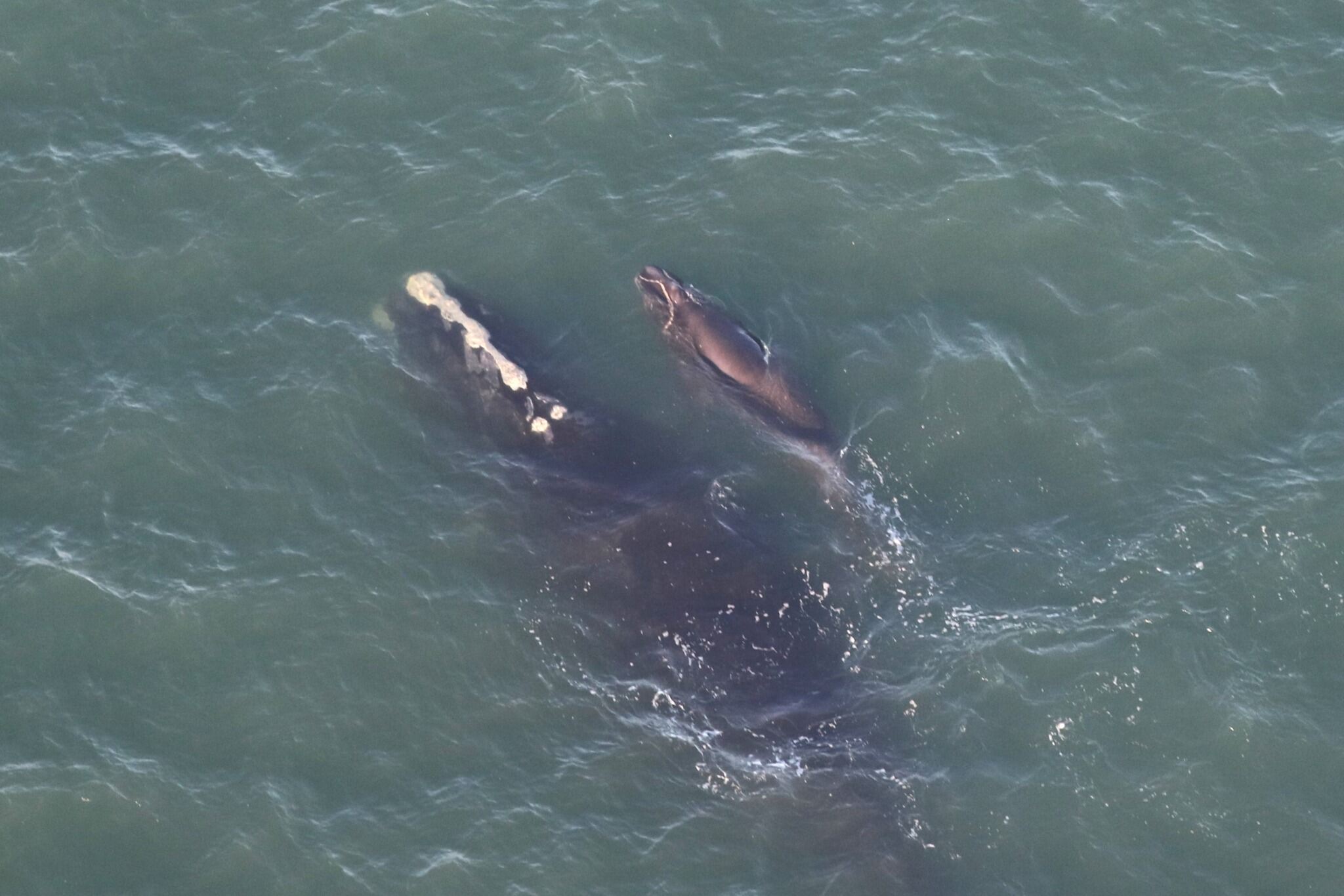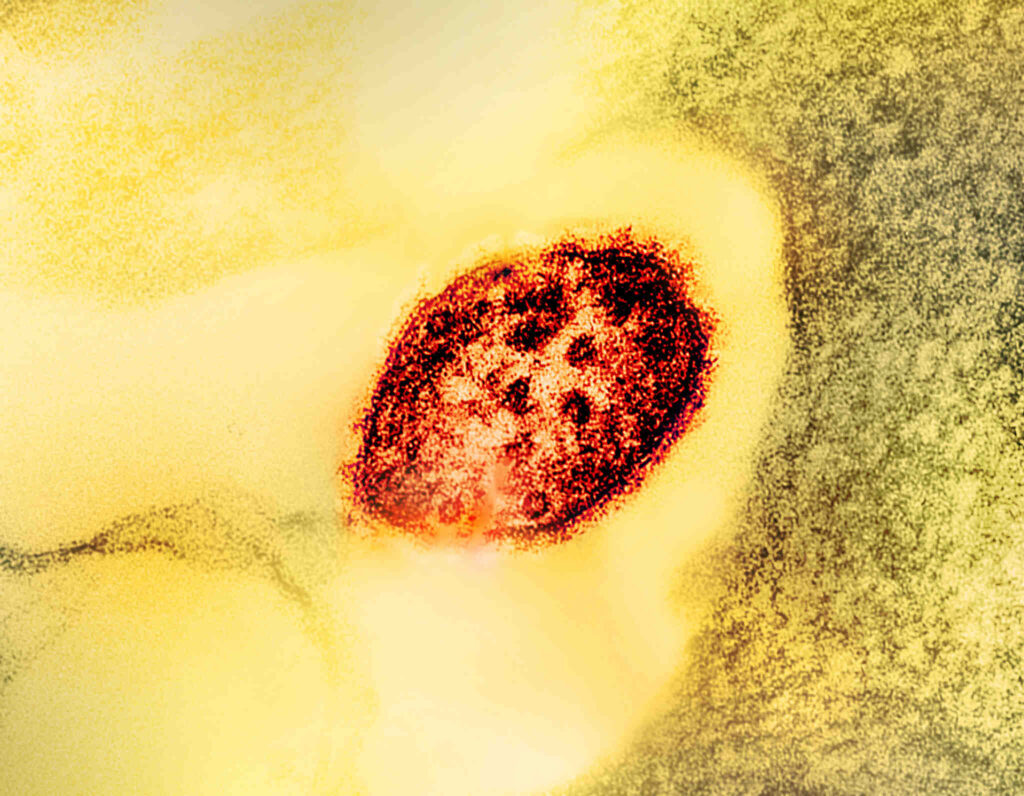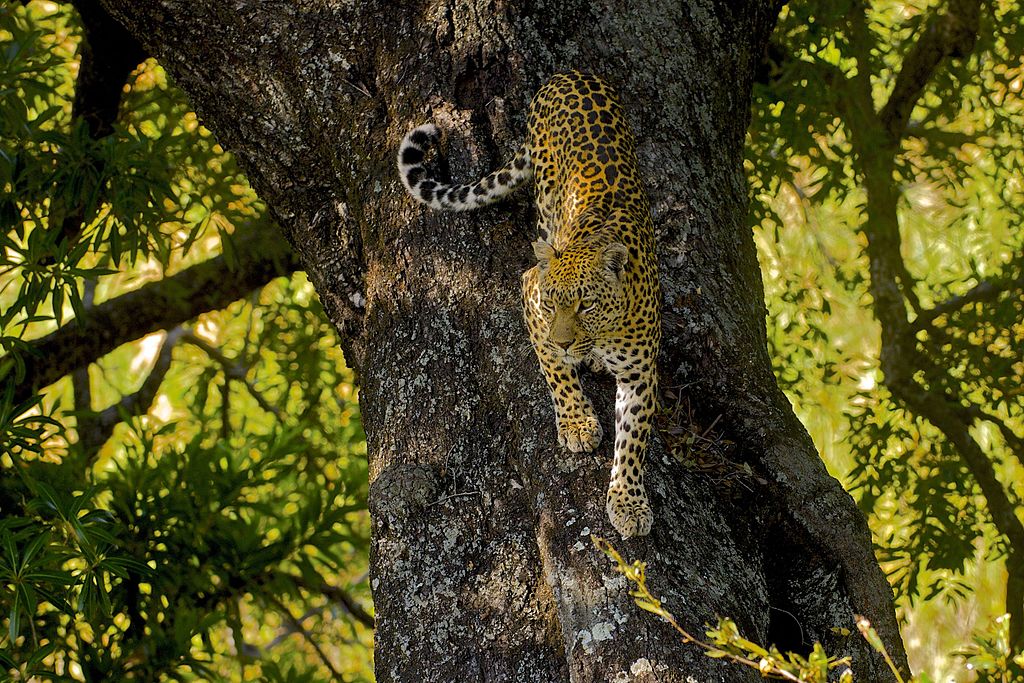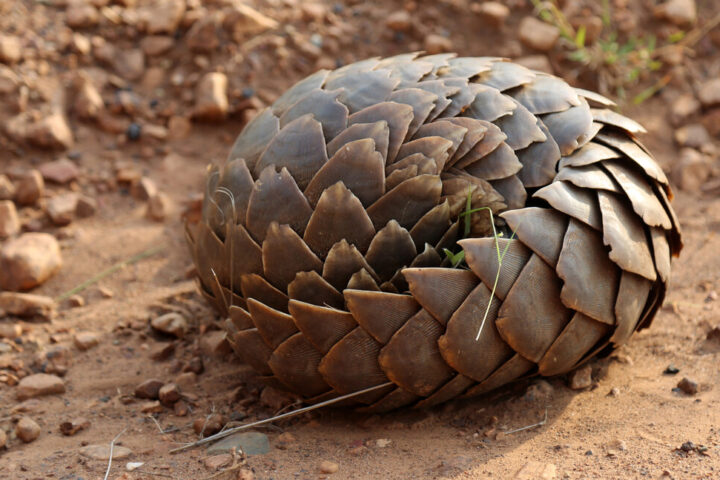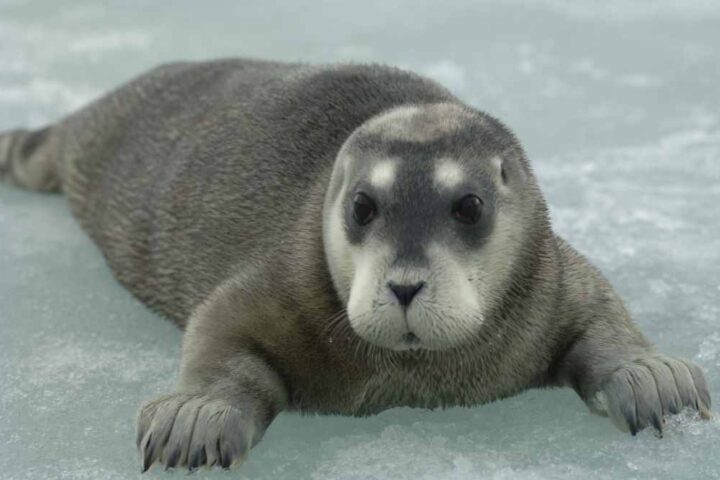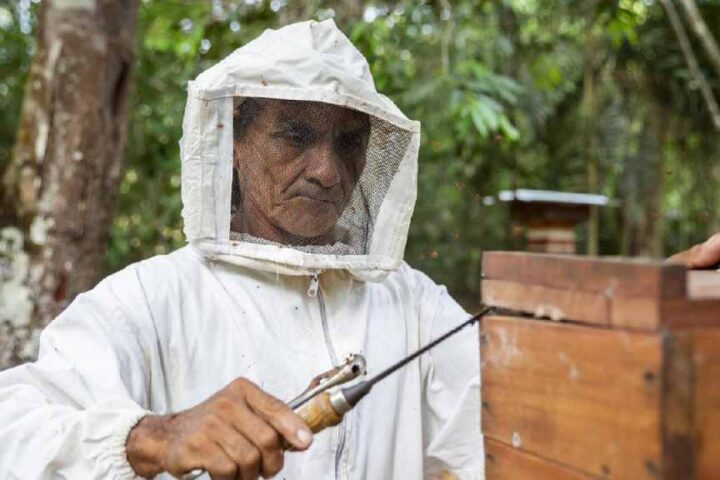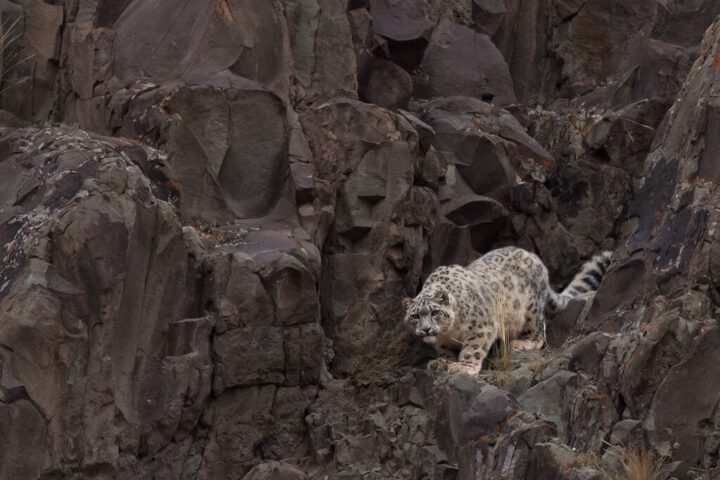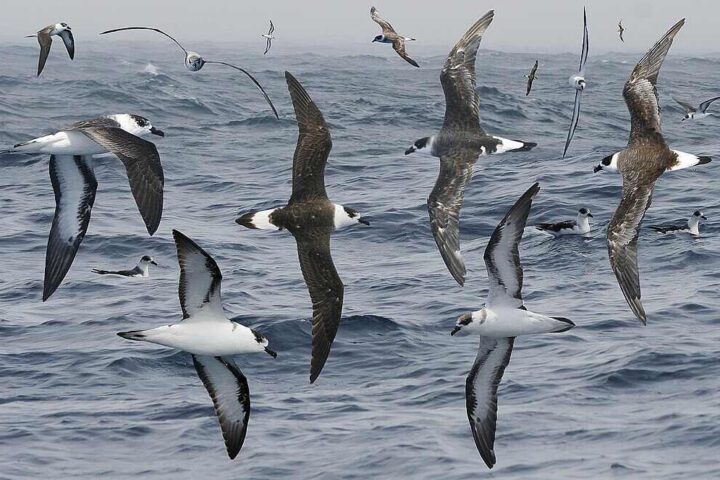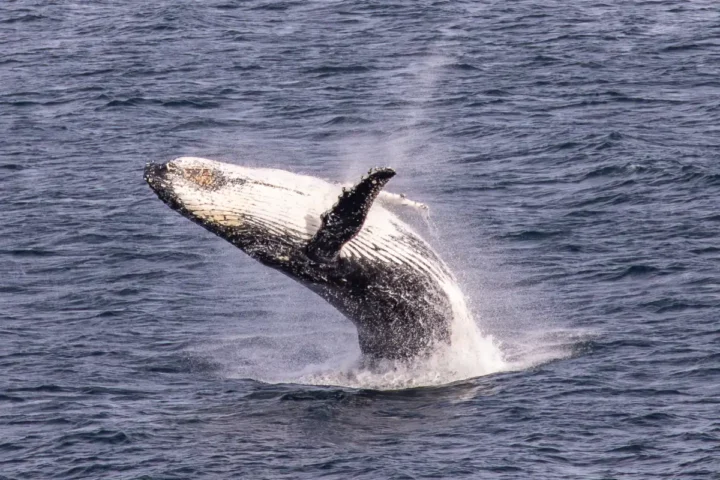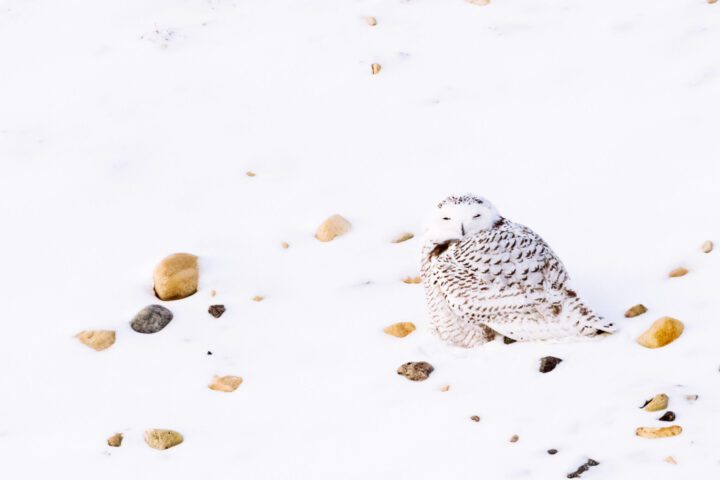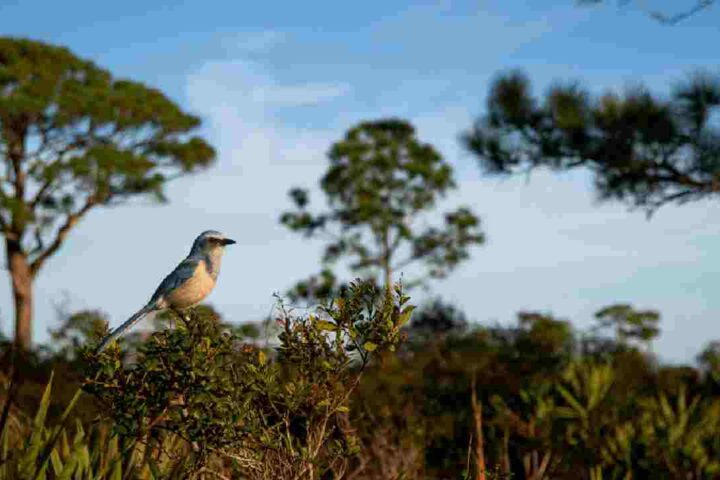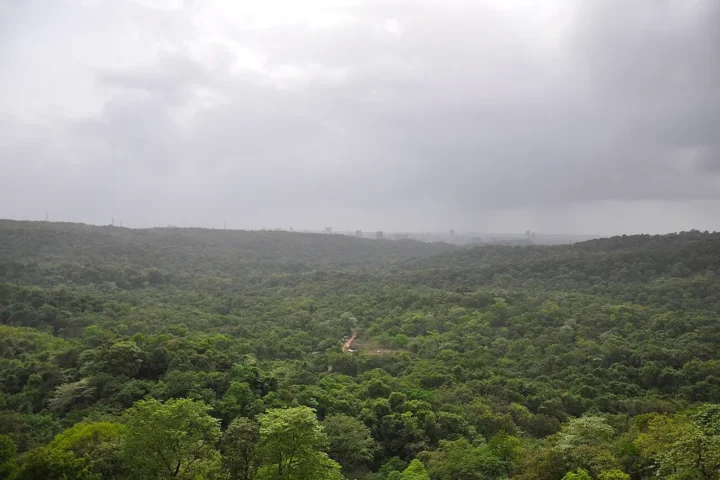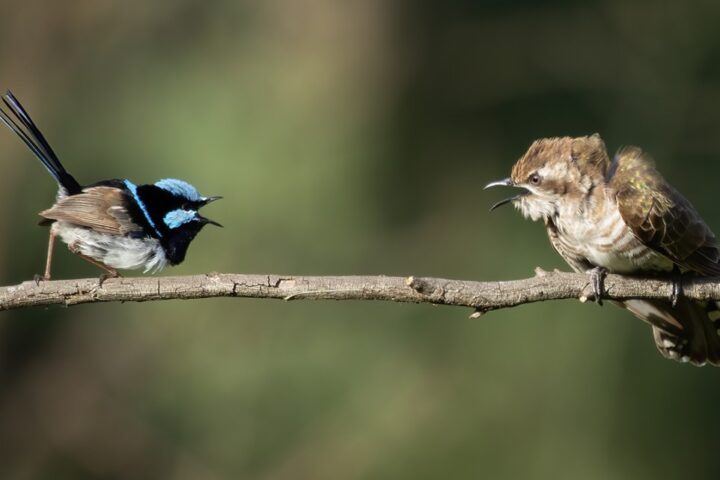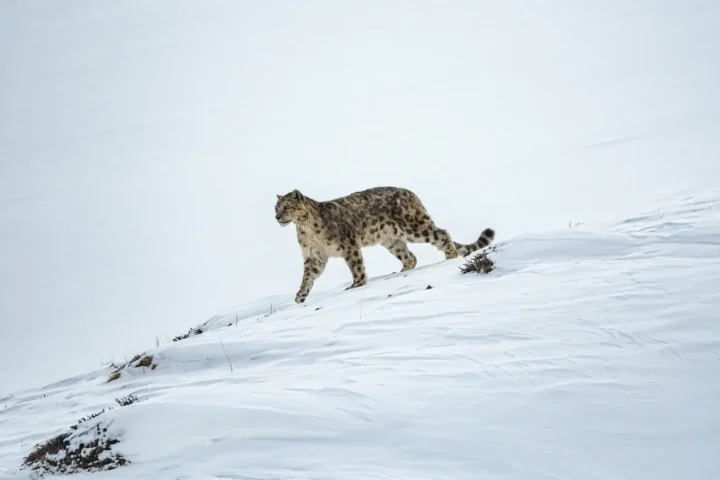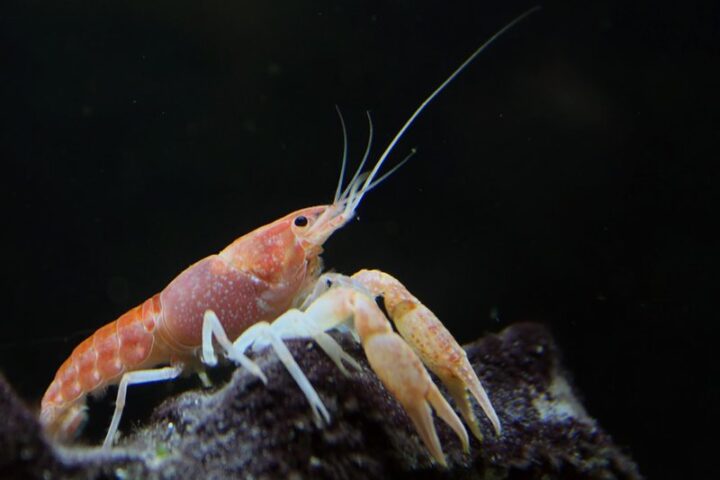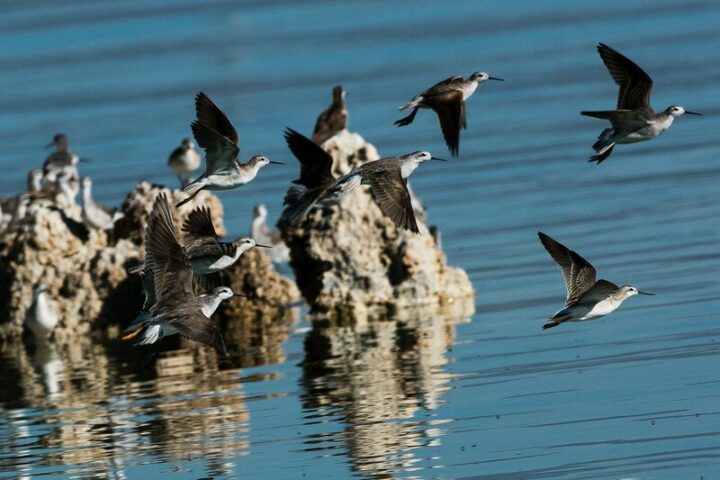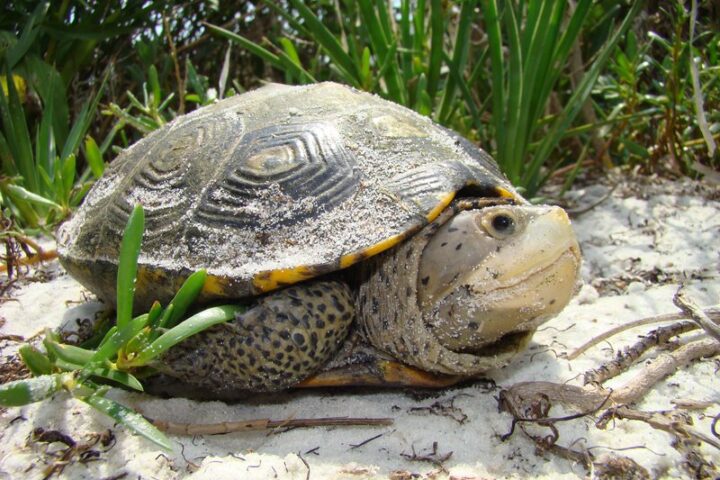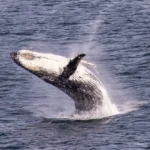Two endangered right whales have been spotted with newborn calves off Florida’s Atlantic coast, offering a glimmer of hope for a species with fewer than 400 remaining members. Marine surveyors documented the pairs near Jacksonville’s Ponte Vedra Beach on December 30, marking a significant moment for right whale conservation efforts in Florida.
The two mothers, both 20 years old, tell different stories about the struggles these marine mammals face. Caterpillar, a first-time mother, has overcome serious injuries from a previous ship strike that left her scarred and initially raised doubts about her ability to carry a pregnancy. The second mother, Blackheart, has returned to motherhood after an unusually long 12-year gap between births.
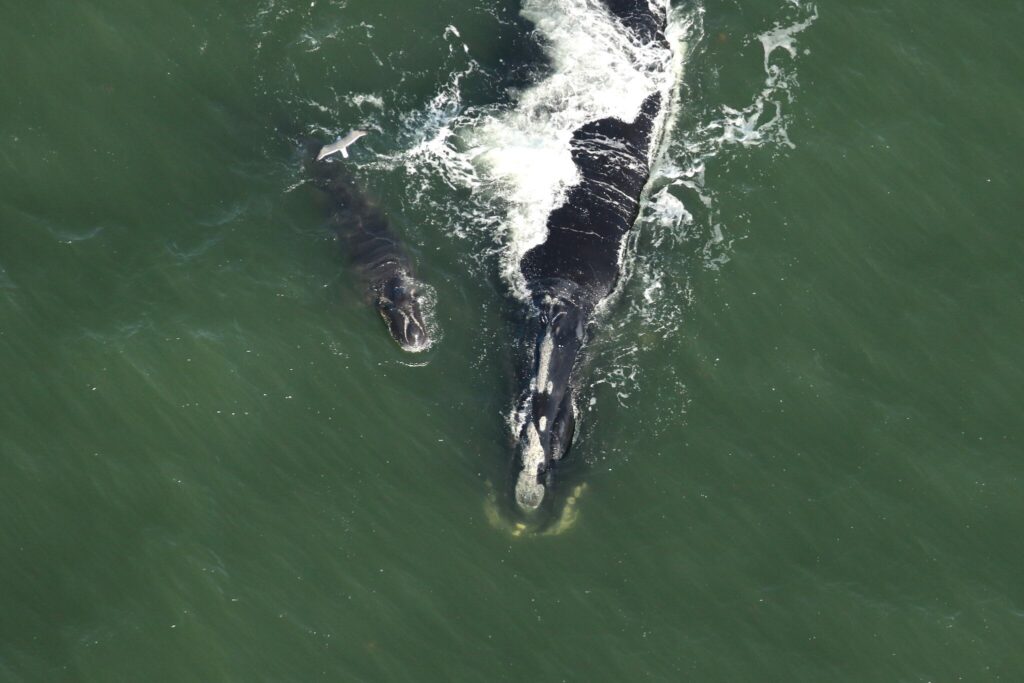
The Florida Fish and Wildlife Conservation Commission (FWC) tracks these enormous mammals carefully. Their data shows a worrying trend: female right whales now give birth only every seven to ten years, instead of the healthy three-year interval seen in the past. This slower birth rate threatens the survival of a species already fighting for existence.
“The stress caused by entanglement in fishing gear and collisions with boats and ships is one of the reasons that females are calving less often or not at all,” explains NOAA in their latest assessment. These human-caused dangers have made every successful birth crucial for the species’ survival.
For people living along Florida’s coast or enjoying its waters, protecting these rare whales starts with awareness. Right whales often swim close to the surface without making much disturbance, making them hard to spot from boats. The FWC advises boaters to stay alert, especially during the winter calving season when mothers and calves frequent these waters.
More Stories
Here’s how you can help keep these whales safe:
If you’re on a boat, slow down and keep your distance in areas where whales swim. Look out carefully – right whales often stay close to the surface without making much noise or movement. The Florida Fish and Wildlife Conservation Commission warns that these whales can be hard to spot from boats.
Good news came earlier this season when another whale mom and baby were seen near Amelia Island on December 9. That makes three pairs of moms and babies spotted so far. While it’s great to see new whale babies, we need to do more to protect these rare animals.
These whales share our coastal waters, and we all play a part in keeping them safe. Being careful when we’re on the water can make a big difference in helping whale moms raise their babies safely.
